- Product
- Solution for
For Your Industry
- Plans & Pricing
- Company
- Resources
For Your Industry
In the age of online shopping, where information travels at lightning speed and competition is fierce, traditional static pricing strategies are becoming relics of the past. Enter dynamic pricing, a data-driven approach that allows businesses to adjust prices in real-time based on a variety of factors. This flexibility empowers you to stay ahead of competitors, optimize your profit margins, and ultimately, win over customers.
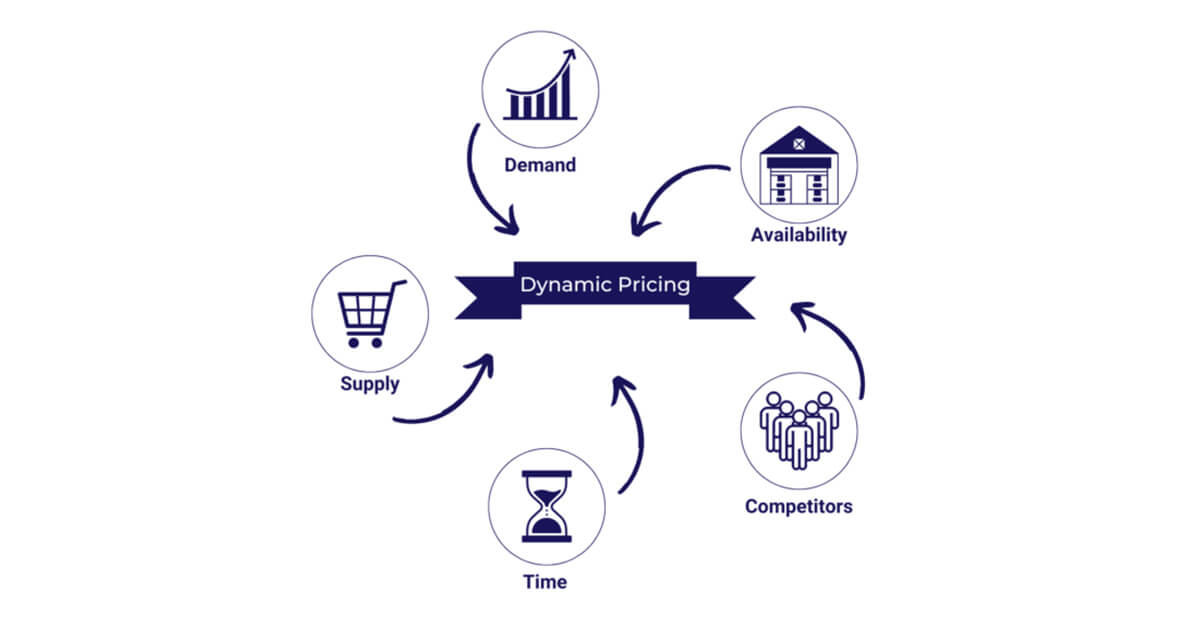
At its core, dynamic pricing is about setting the right price for the right product at the right time. It’s a continuous process that analyzes market trends, competitor activity, customer behavior, and even external factors like weather or economic conditions. This data is then used to adjust prices dynamically, ensuring you capture the most value from every sale.
Key Benefits of Dynamic Pricing
Increased Profitability: By strategically adjusting prices based on demand and competition, you can maximize your profit margins. During peak seasons or for high-demand products, you can raise prices to capture a larger share of the available market value. Conversely, you can offer discounts on slow-moving inventory or to attract new customers.
Improved Agility: The online marketplace is constantly evolving. Dynamic pricing allows you to react quickly to these changes. For example, if a competitor suddenly drops their prices, you can adjust yours accordingly to maintain your competitive edge.
Enhanced Customer Experience: Customers appreciate transparency and value. Dynamic pricing allows you to offer competitive prices while still ensuring profitability. Additionally, you can personalize discounts and promotions for loyal customers, creating a more rewarding shopping experience.
While the core principle remains the same – setting prices based on real-time factors – dynamic pricing can be implemented in various ways depending on your industry, goals, and target audience. Here are some common types with real-world examples:
This method adjusts prices based on fluctuations in demand. Here’s how it works in action:
This strategy involves monitoring competitor pricing and adjusting yours accordingly. Here are some ways businesses use it:
This involves setting different prices for the same product at different times of the day, week, or month. Here are some common applications:
This method personalizes pricing based on individual customer data. Here’s how it can be implemented:
By understanding these different approaches to dynamic pricing, businesses can create a strategy that optimizes their revenue, caters to their target audience, and remains competitive in their industry.
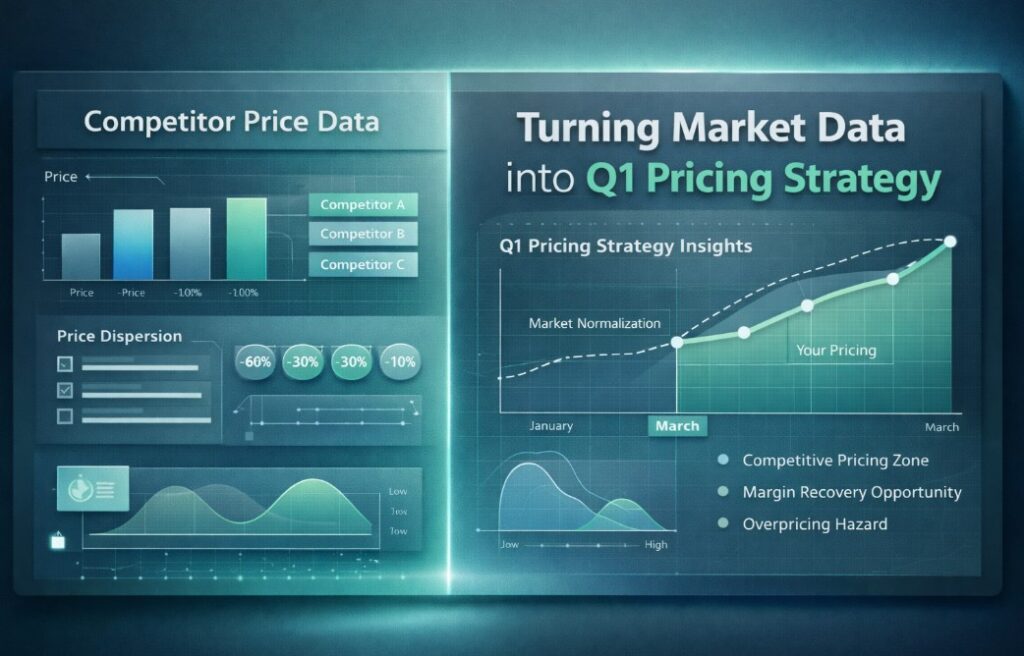
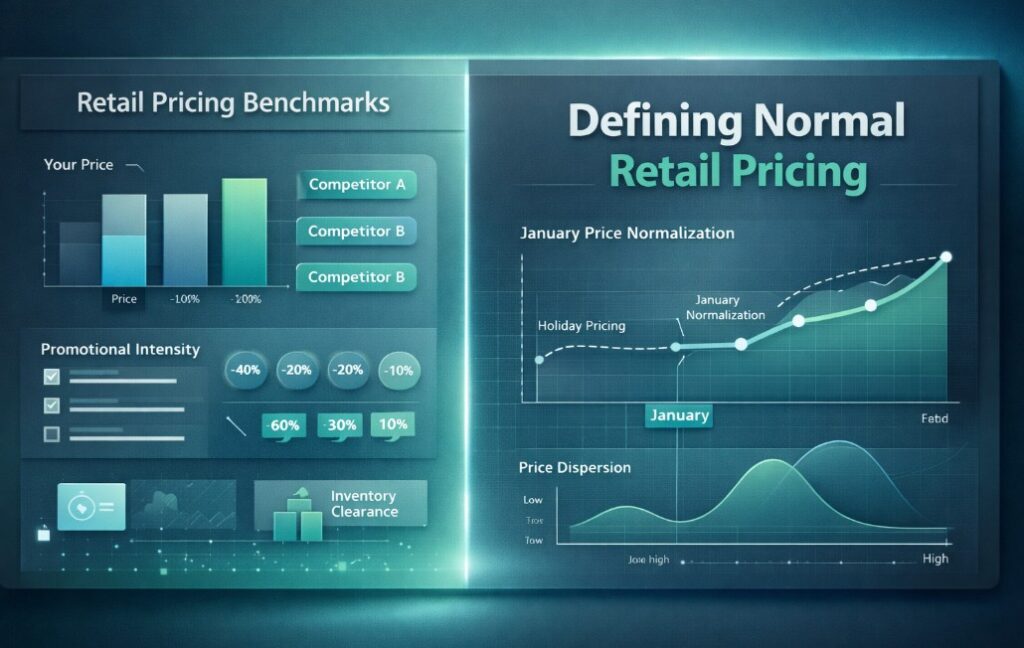

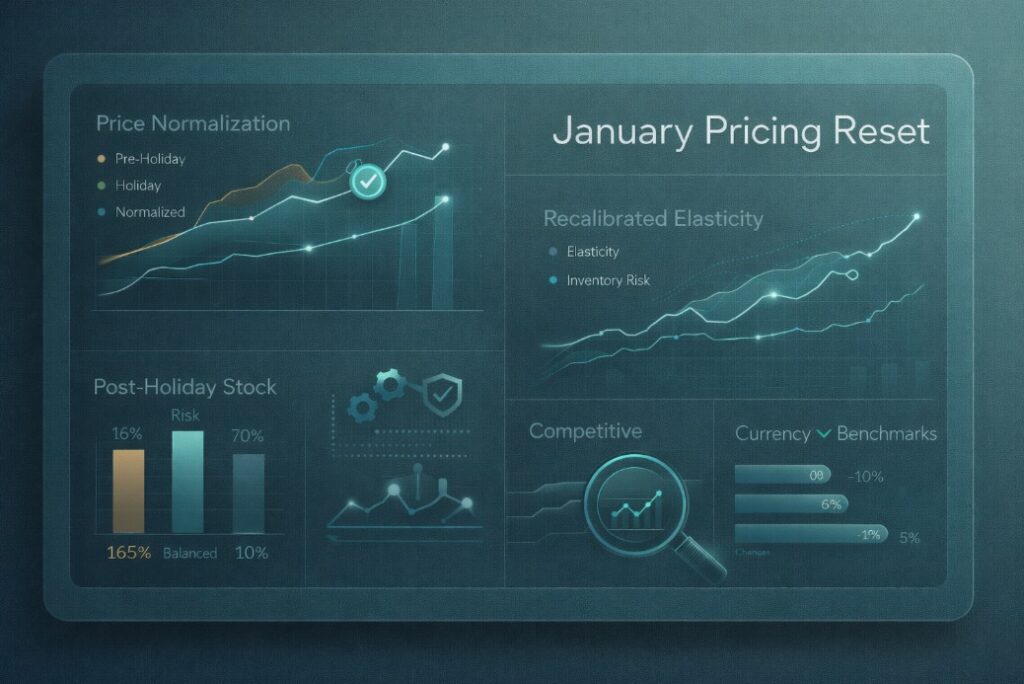
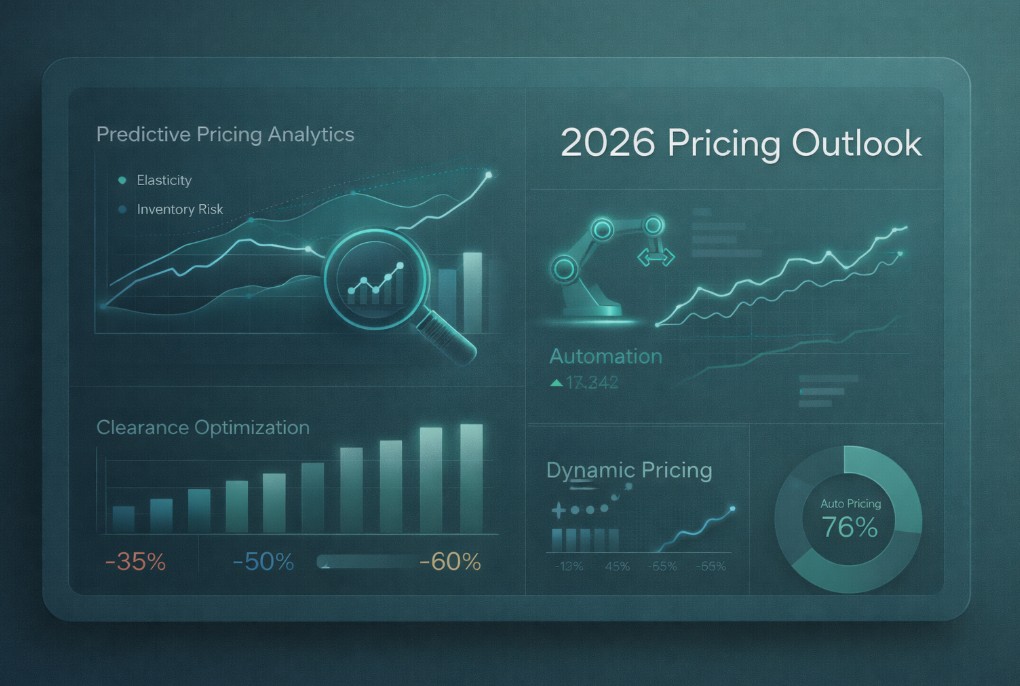

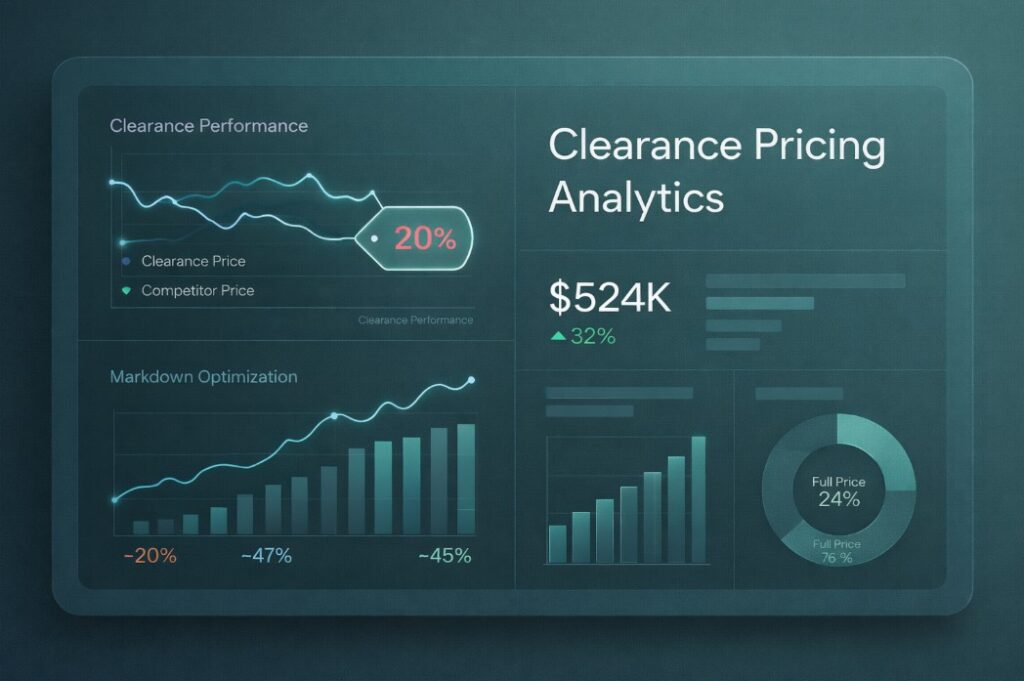






Missing an important marketplace?
Send us your request to add it!